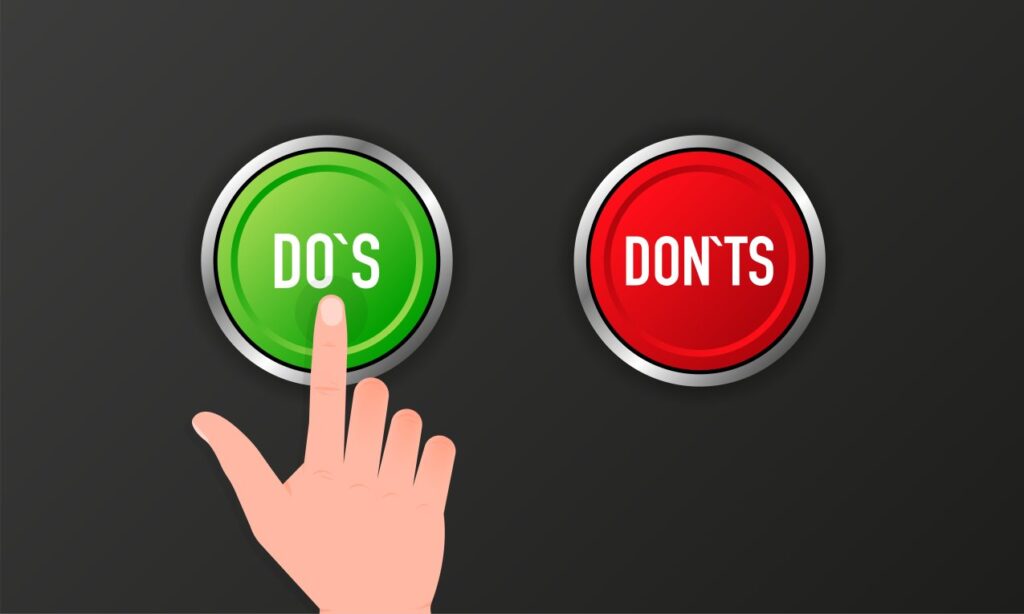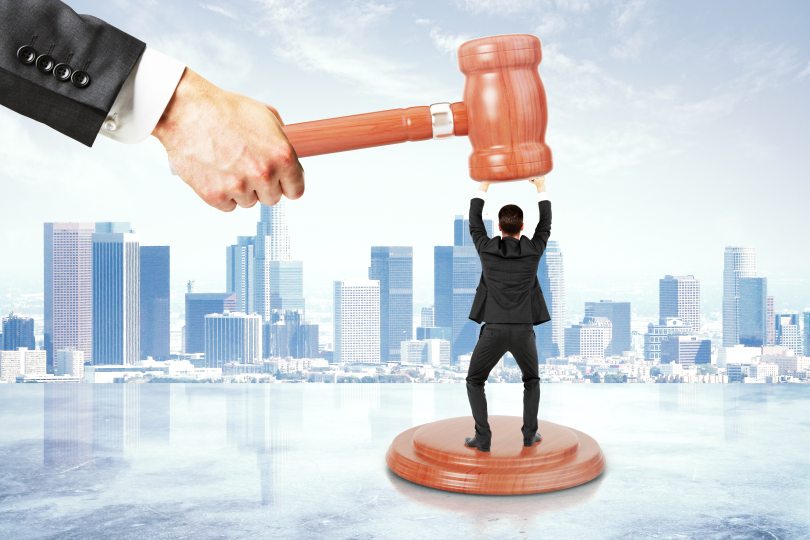In nature, imitation is the greatest form of flattery. We all know that content is king and a must-have in modern business but is it possible to have too much or even unwanted content? At some point in every business of content creation duplicates and copies appear, either by mistakes or by another user’s malicious intent. In either case, it impacts your hard-earned SEO position and will cause more harm than good. Knowing the differences between the terms, preventing and fixing what’s done, while keeping your eye out for further advances, will improve and keep all that hard work you’ve done so far. Let’s start with some of the best and proven practices by now.
1. Duplicate VS Copy
The shortest explanation is that duplicates usually happen by accident, while copying content is intentional. Duplications happen by technical mistakes because coding and web crawling is a complex matter. Google will consider something a duplicate when you have a www or a non-www naming practice or when you have both HTTP and HTTPS versions of your site online. Duplicates won’t punish or ruin your hard-earned online presence, but you should not go overboard.
Too much of anything is harmful, and fixing and ironing out your online presence is required. Copying, on the other hand, is often malicious and intentional. Around thirty per cent of the internet is considered a copy, and such actions punish SEO ratings. Copying is considered as slightly altering original content so you can republish it as your own. If your content gets copied, you can use various legal tools to fight it, but always choose to create your own, original content, and you will be safe.
2. When Does Duplication Cause Harm?
Now that we know the terms and can differentiate between the two, duplication rarely causes harm to your site. Google is smart enough to notice what a duplicate is and what not. We are only human, and all those departments creating content can cause internal issues. As long as the user experience is not hampered by duplicate content, you are in the clear. That said, user experience is paramount, so optimizing your page for maximum enjoyment and streamlining it for your users is good business practice. Monitoring your bounce rate will tell you how much duplicate content conflicts with your page. Google Analytics is a handy tool to use when you want to clean up and tidy around any possible duplicates.
3. SEO Do’s and Don’ts
There are many SEO do’s and don’ts that you should know about. When it comes to duplicates and copies, it’s best to follow tried and tested practices so you don’t get unintentionally penalized. SEO has proven ways to protect you against being penalized by Google search rankings and flushing all your success, simultaneously. A bit of hard work and paying attention to details is all that’s required. Implementing 301-Redirects is necessary if you do a site restructure and want to keep the traffic flowing.
Never publish stubs, which are dead-end pieces of content that are not connected and lead nowhere. Google crawler spiders hate them, and such content does more harm than good, so always make sure your content is connected. Since user experience is paramount and the number one priority, always use top-level domains for your content.
Do you want to ensure that you don’t have duplicate content on your site and you boost your SEO rankings?
Contact Growth Hackers
4. Fixing Content
Every company wants the maximum return for its investments. Making content is a time-consuming and expensive practice. So, try to imagine all that hard work going to waste or not being capitalized to the maximum, and you will see just how important it is to fix duplicates or fight against copying content. On a regular basis, you should optimize your old content to find whether you have duplicate content or if your on-page SEO can be improved or if you have outdated content.
Your site is a complex maze that has many lines, where often two can lead to the same place. And while they share the same or similar name, that’s not good for business. Using unique item descriptions and naming each link and re-direct differently helps Google and your customers differentiate between the two.
By now, you must have realized that this topic requires a lot of specific know-hows and insider tips. While it is entirely possible to learn and implement SEO practices on your own, it is always better to outsource your needs to a trained professional. With years of experience under his belt and dedicated manpower to fix duplicates and copies, a trusted SEO company can cater to your specific needs. The market is increasingly unforgiving to mistakes and a single one can make or break your entire endeavor. So, it’s perfectly valid to reach out for help and get things sorted out.
5. Duplicate Content Illusions
If one thing is good, then two of the same must be better. Sound reasoning, and we would like to dive in and explain a bit more about the topic of duplicates. There are a lot of myths involved in duplicate content, and it’s not all as scary as it sounds. Despite all that you read, duplicate content does not greatly impact your SEO rankings and gets you penalized by Google.
Yes, it is bad for business, and your site can use some tidying up and maintenance, but Google is smart enough now to differentiate between an honest mistake, negligence on the user’s part and malicious intent to capitalize on someone else work. Remember how we defined duplicate and copy earlier? Google knows that difference as well. Speaking of what Google knows, rest assured that it knows everything and everyone. With that in mind, it is easy for Google to know who the original author of some piece of content is.
Tracing that content from that point onwards becomes a child to play and tells Google who to punish and which SEO rankings to bring down. One final misconception is that reposting your content does not help your rankings. If your content is featured on a well-received and popular site, it makes perfect sense to collaborate and repost each other’s sites and links so that both user bases get informed. Always keep in mind that Google loves and prioritizes user experience, and too much good content and quality links only contribute to that.
6. The Legal Battle
As you start to understand, duplicating content is one of those SEO techniques that businesses should avoid. Let’s say you’ve done everything right up to this point. Your site is properly indexed, you have a blog, and your backend coding is clean and tidy. You made sure your content is as fresh as the prince of Bel Air, you have healthy domain authority, and are keeping an eye out for who and where your content goes. Content creation is up and running, and all systems are green. But there is always a, but in business, sometimes things won’t go your way, and you will find malicious intents out there that are actively working against your interest.
Doing everything right and seeing someone copying your hard make content for selfish interests makes anyone’s blood boil. Luckily, you can take several legal actions to prevent such scenarios and punish those responsible. This is important for two reasons. Number one, you are protecting your intellectual property and making sure that third parties are not profiting from your hard work. Secondly, it ensures your SEO ranking is not hampered because Google does not like copies, and it can get difficult for it to differentiate. But when you file a complaint, things get sorted out, your business goes into clear, and dissidents are punished. All of this may sound like a hustle, but it is a wild world out there on the web, and foul play is present. Staying vigilant and protecting your interest is just another part of a healthy SEO strategy.
Avoid duplicate content and stop harming your SEO performance!
7. Content Management System
Last but not least, taking the reins of this entire situation and implementing control mechanisms will get things sorted out. Content Management Systems prevent duplicates from happening, either intentional or by accident. When you spot duplicated content, you can always code into it to that Google does not index it and save you the trouble. Since duplicate content does not contribute to your SEO rankings, but you still want that content out there, this move makes perfect sense, and it’s the best of both worlds.
With that in mind, you can also code in what’s original and what’s not. The canonical tag lets Google know what the original, source content is, and Google will treat it like so. As in life, there is only one original, and all else are derivates, so branding your source material as such prevents all those problems from appearing. Procedures and steps are there for a reason, and the sooner you start implementing them, the better.
Closing Thoughts About How Duplicate Content Affects SEO
Your content is created with care, affection and dedication. Once you publish it and release it into the wild, your content still needs you. Left to its own, the highly volatile and merciless market is free to do with it as it pleads, which is often to your expense. Protecting your interests and securing your content remains yours becomes a sound business practice when you look at its core. Your content is your property, and you want to maximize on that. With each step you take towards securing it, you will get to reap the rewards. We wish you all the best.
Growth Hackers is a leading SEO agency helping businesses from all over the world grow. There is no fluff with Growth Hackers. We help entrepreneurs and business owners avoid duplicate content, improve their SEO strategy, increase their productivity, generate qualified leads, optimize their conversion rate, gather and analyze data analytics, acquire and retain users and increase sales. We go further than brand awareness and exposure. We make sure that the strategies we implement move the needle so your business grow, strive and succeed. If you too want your business to reach new heights, contact Growth Hackers today so we can discuss about your brand and create a custom growth plan for you. You’re just one click away to skyrocket your business.







